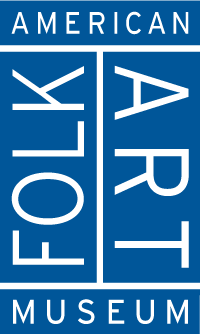Record Details
Federal Sideboard Table
Two primary reasons are most often cited to explain why so much furniture of the eighteenth and nineteenth centuries is painted. The first is that paint protected the surface of the furniture and often disguised the fact that several different woods were employed in a single piece. The routine use of primary and secondary woods was partly a measure of expediency—less expensive woods were used in areas that were not visible—and partly a response to function, as more durable woods were chosen for areas of highest use. The second reason was a desire to imitate and interpret urban high-style fashions in the inexpensive medium of paint. What has been more recently recognized, however, is that such decorative painting was also expressive of regional taste.
This small federal sideboard table features the functional aspects of such decorative painting but most strongly conveys a sense of aspiration in both painted decoration and construction. It displays the slender lines of federal-era furniture and combines a shaped backsplash with a cyma-curved overhanging tabletop in imitation of a drop-leaf table, though no parts move. The front panel under the “drop leaf” is deeper than the side, for purely ornamental purposes, as it has received the greatest painted embellishment. A symmetrical arrangement of Adam-inspired ovals and rectangles gives the appearance of inlays of birch, satinwood, and other expensive veneers. The overwhelming impression in both paint and construction is therefore one of imitation, albeit through the use of imaginative rather than literally imitative grain painting.
Stacy C. Hollander, "Federal Sideboard Table," in American Anthem: Masterworks from the American Folk Art Museum (New York: Harry N. Abrams in association with American Folk Art Museum, 2001), 314.














